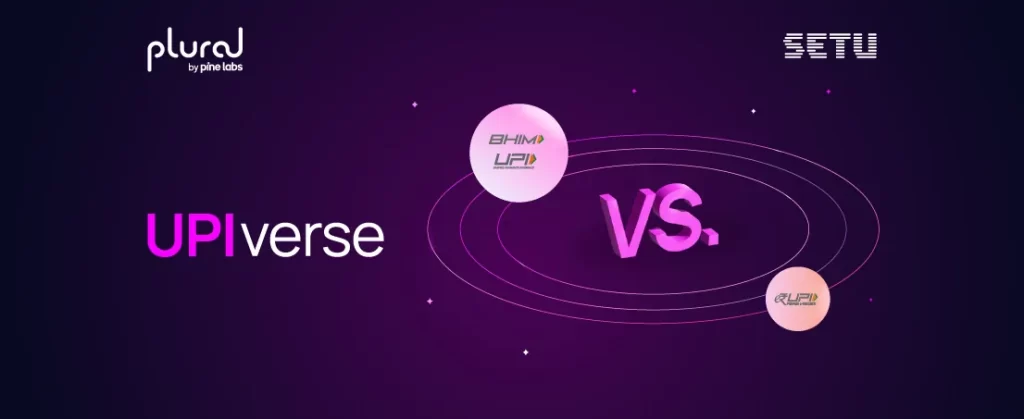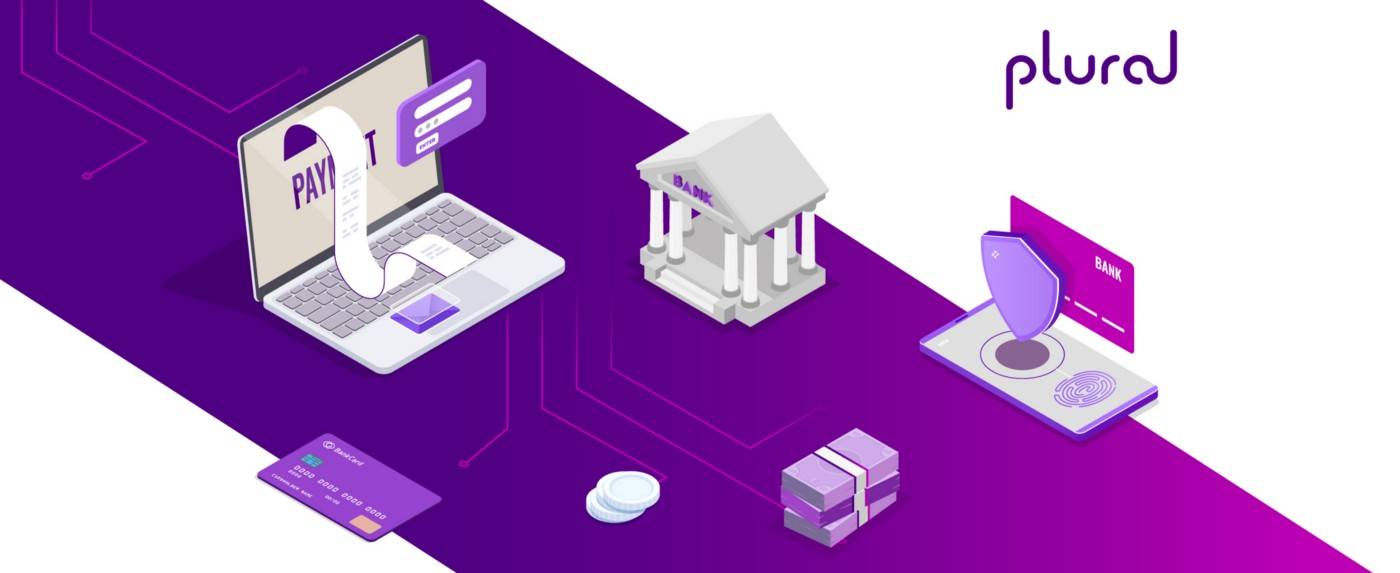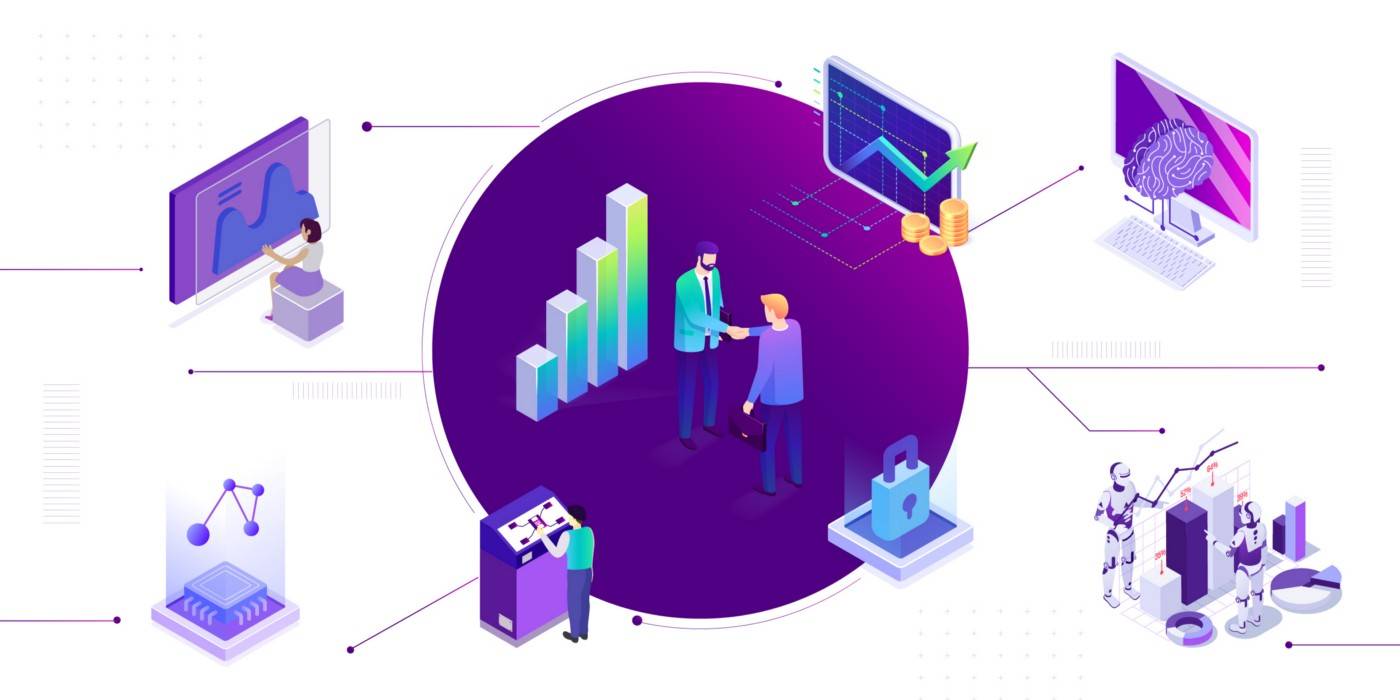Introduction
In a revolutionary move, the Reserve Bank of India (RBI) launched the e-RUPI on 1st December 2022. This central bank digital currency (CBDC) was first piloted on 1st November 2022 and positioned India among the few nations globally that have taken steps to digitise their currency.
The e-RUPI is a welcome step for modernising India’s financial ecosystem and increasing financial inclusion, especially in the digital space. But that begs the question: Haven’t UPI payments already achieved this feat to some extent? And what is the difference between e-RUPI and UPI?
In this blog, we will uncover the difference between e-RUPI and UPI and also understand the implementation methods that make these two unique and revolutionary. So, whether you’re a finance professional, a policymaker, or just curious about the future of money, this blog offers a comprehensive guide to India’s CBDC and its role in the global financial system.
What is e-RUPI?
e-RUPI or digital Rupee (e₹) is a legal digital tender issued by the central bank of India (RBI). This makes it a CBDC or virtual currency similar to sovereign paper currency but in digital form, making it exchangeable with existing currency. This digital currency can be accepted as a medium of payment, legal tender, and a safe store of value.
The e-RUPI is aimed to complement, rather than completely replace, physical currency and will support India’s digital payment systems to make them affordable, accessible, convenient, and safe for all.
What is UPI?
Unified Payments Interface (UPI) is a real-time interbank payment system in India that was launched by the National Payments Corporation of India (NPCI) in 2016. It facilitates fund transfers between two bank accounts on a mobile platform without requiring net banking or physical bank visits.
UPI enables users to send and receive money, pay bills, and access various other financial services from a single app. It provides a 24/7 instant transfer service with high-security standards, making it convenient and secure for users to handle their financial transactions. As a result, the platform has seen rapid adoption in India, with millions of transactions being processed daily.
How is the e-RUPI different from UPI?
Now that we know what e-RUPI and UPI are, let us look at the key distinctions between the two.
1. e-RUPI is an actual currency, while UPI facilitates payments
The primary difference between UPI and e-RUPI is that e-RUPI is a CBDC. It is a legal tender issued by the RBI and can be used similarly to physical currency. This makes e-RUPI highly secure, and it can be used in multiple ways. Meanwhile, UPI is a payment platform that facilitates monetary transactions from one bank account to another, diluting the need for net banking.
2. Banking mediator vs digital wallet
Like any cryptocurrency or digital currency, e-RUPI must be stored in a digital wallet. This wallet can be used to store your money and directly transfer it from your wallet to the recipient’s, eliminating the need for any middlemen or financial institutions to route the payment.
This is not the case with UPI, as banks act as the intermediary between transactions. When one makes a UPI transaction, it debits that amount from their account and credits it into the recipient’s account.
3. No requirement for a bank account
Since e-RUPI does not require any bank as the mediator, this digital currency can be used by a large population that may not have an active bank account. Like any other CBDC, e-RUPI can be traded by consumers directly, without any bank involved, just like an actual currency. Thus, digital payments can be made people-to-people instead of the bank-to-bank approach of UPI.
4. No need for physical currency backup
To facilitate UPI payments, it is necessary to have physical cash or a sufficient balance in your bank account. The user must add funds to their account or deal in physical cash if there is an insufficient balance. In contrast, e-RUPI can be used to make digital payments instead of traditional money or cash. Moreover, this RBI-issued currency is a fully legal tender and does not need physical currency to back it up, making online payments even more convenient and secure.
5. Internet and smartphone-free transactions
UPI is revolutionary in many ways, but it requires solid internet connectivity and the use of a smartphone. While widespread adoption is possible in urban and semi-urban areas, several rural and remote populations have limited access to the internet and smartphones. e-RUPI will facilitate digital payments for this demographic. In addition, the RBI has made exclusive provisions to ensure that e-RUPI transactions can be made even via SMS, thus benefitting an audience that is left untapped by UPI.
6. Anonymity can be maintained
As per the RBI, e-RUPI may provide some level of anonymity and privacy. The Reserve Bank has requested financial institutions to conceal digital Rupee transactions below ₹50,000. Any transaction above ₹50,000 will require their PAN to be shared. This is not the case with UPI, as every transaction is recorded since it is a bank-to-bank transfer. Thus, it leaves no room for anonymity, and your entire financial data is maintained with your bank or financial institution.
7. One handle for all
With UPI, you must open a different UPI ID each time you connect it with a bank account. So, if you have multiple bank accounts, each account that’s linked to UPI needs to have a different UPI ID. The e-RUPI wallet, on the other hand, will have only one wallet ID per person, ensuring transparency and uniformity.
Conclusion
e-RUPI and UPI are two innovative digital payment solutions revolutionising India’s financial landscape. However, while both platforms offer convenient and secure payment options, there are key differences between the two. e-RUPI is a simplified version of today’s physical currency, while UPI is a robust platform with a wider range of features and services. Therefore, users must consider their specific needs and preferences when choosing between the two.
In the future, e-RUPI and UPI will likely continue to thrive and become even more integrated into our daily lives. The growth of these platforms is a clear indication of the shift towards a more digital and cashless society and the increasing demand for secure and convenient financial services. For users, this means more options will be available to manage and access a wider range of financial services through their mobile devices.
Thus, the future of payments looks increasingly digital, and businesses need to embrace digital payments to stay afloat with recent trends. Plural teamed up with Setu to bring the UPIverse — a complete suite of UPI offerings for businesses, namely:
- UPI Switch by Setu
- Payment gateway with UPI Intent flow
- UPI Autopay
- UPI DeepLinks by Setu
Interested in getting started? Drop in your details here and get early access.
Plural by Pine Labs has received an in-principle authorisation from the Reserve Bank of India (RBI) to operate as a Payment Aggregator.
Setu has received an in-principle authorisation from the Reserve Bank of India (RBI) to operate as an Account Aggregator.

Amrita Konaiagari is a Marketing Manager at Plural by Pine Labs and Editor of the Plural blog. She has over 10 years of marketing experience across Media & Tech industries and holds a Master’s degree in Communication and Journalism. She has a passion for home décor and is most definitely a dog person.



